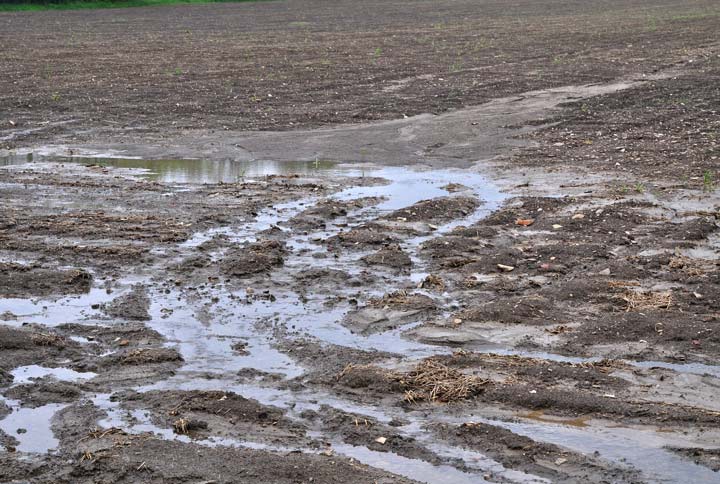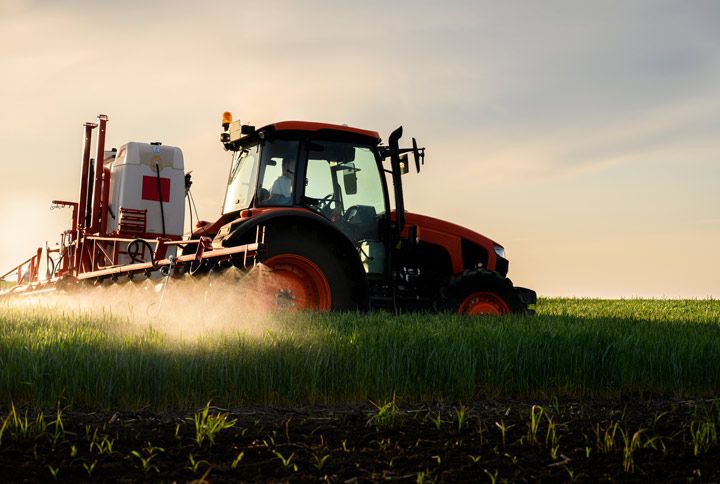From being the one fabric best-suited for our skin to scoring high on comfort, versatility and functionality, it’s no surprise that cotton dominates more than half of our wardrobes. It’s so popular and widely used; if you didn’t know, the usage of cotton for domestic purposes dates back to 5000 BCE. Given that cotton is naturally grown, the common notion is that it doesn’t exactly cause harm to the environment. I believed it too until I decided to ruin my life by educating myself on how fashion is closely related to nature. That was the moment I started to despise clothes or rather the kind of clothes all of us buy. I hate them but I love them, it’s a complicated relationship, just making it clear. But getting back to the point—cotton. You’re probably wondering why I’m still blabbering and not talking about the elephant in the room. So scroll ahead as I give you all the details you didn’t know of before!
Did you say cotton is bad for the environment?
Yes, it is. The growing of conventional cotton requires 3 things—vast land, colossal amounts of water and toxic chemicals. Let’s deep dive into each of these resources below.
1. Land
So the thing with cotton is that it has a supremely high requirement for cultivation but a very low production rate. So in order to produce more cotton, you need a bigger land to grow it. Now you may ask why needing large pieces of land is problematic. This is so because the negative effects of growing cotton are directly borne by the land they’re cultivated on leading to soil degradation, subsequently turning a good piece of land into wasteland. This means that farmers cannot grow anything on that land anymore. How is soil degraded? Jump to the next point to know!

2. Water
Get this, to grow about 1 kg of cotton, you require 22,000 litres of water. No, no, keep reading, don’t stop. Given the never-ending requirement of fast fashion, farmers need to produce more and traditionally, rainwater isn’t enough to grow cotton. So farmers need to rely on seawater and freshwater which when used in such high amounts cause soil salinisation. Soil salinisation is a phenomenon that occurs when the salt concentration increases by a large amount in the soil causing damage to the soil and the plants. This leads to soil degradation. Although this point focused mainly on how excess use of seawater worsens the quality of the soil, I’m going to let you ponder over the amount of water used. By the way, a single cotton shirt is made using 1 kg of cotton and 1 kg requires about 2,700 litres of water.

3. Toxic chemicals
The requirement for pesticides and insecticides to grow cotton is enormous. To stop insects and pests from feeding on cotton, farmers resort to a large number of pesticides to save the harvest. While that keeps the pests away, the toxic chemicals are soaked up by the soil causing soil degradation from yet another source. What’s worse is that some of these chemicals are so harmful, they pose a threat to the health of the farmers on the land. Cases like tuberculosis and cancer are common, even when the cultivation on that particular land has stopped, the residue left behind is still highly dangerous to human health.
4. Synthetic fertilisers
Cultivation of cotton also calls for the usage of synthetic fertilisers to further facilitate the harvest. However, these fertilisers—synthetic in nature—increase the nitrate levels in the soil and when they end up in waterways, disrupt aquatic life by disturbing the nutrient and oxygen level causing water pollution.

So should we, what, stop using cotton altogether?
Well, yes and no. Given its popularity and versatility, it’s obviously hard to eliminate its usage completely. So I’m definitely not implying that you shouldn’t wear cotton anymore. What I’m pointing to is switching to more mindful and eco alternatives.
- For starters, collectively, we can decrease the amount we’re buying causing a drop in demand therefore supply and production.
- Being more mindful about our existing clothes and caring for them in order to increase their shelf life. So this way we’re eliminating landfills and the need to shop excessively. And pretty much slowing down fast fashion.
- Then we can opt for cotton’s organic counterpart—organic cotton. While high on price, it does use 91% less water than traditional cotton, largely minimises the use of toxic chemicals and therefore does not cause harm to the land. Or water. The thing is, cotton is a resource-intensive plant but by going organic, you’re reducing the amount of the resources consumed. However, experts say that growing organic cotton on a large scale could have the same negative impact as growing traditional cotton. Read more about it here.
- Besides organic cotton, you can look at using two more fabrics—hemp and bamboo cotton. Hemp and bamboo cotton are quite similar in qualities as well. Drastically less water usage, require far less land to be grown and produce adequate amounts and are have a better shelf life than conventional cotton.

Quite eye-opening, no? To be a part of more such insightful and thought-provoking conversations, don’t forget to join Girl Tribe by MissMalini!

